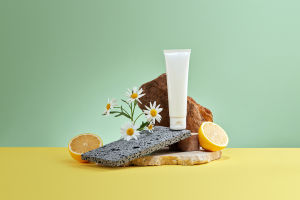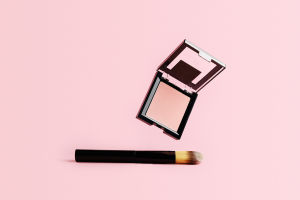Makeup is both a skill and an art.
For beginners, makeup is not just a way to enhance beauty, it can also boost confidence and showcase personal style!
While it might seem overwhelming at first, understanding the basic steps and properly using makeup products can make it easy for anyone to get started. Here, we provide a beginner's guide to makeup, helping you master the basics with ease. The most important first step is to choose skincare products that suit your skin type!
Cleansing is the foundation of makeup; choose a suitable cleanser for your skin to keep your face fresh and clean, preventing makeup from reacting with oil or dirt. Next, use a toner to provide extra hydration and soothe your skin, especially in dry seasons when moisturizing is essential. Finally, apply a layer of light moisturizer to create the perfect base for makeup.
Once your skincare routine is done, it's time to start with makeup. The first step is usually to apply a primer. A primer not only helps to even out skin tone but also ensures that makeup products adhere better to the skin. Choose a primer suited to your skin type: a mattifying one for oily skin and a hydrating one for dry skin.
Next, choose a suitable foundation. The foundation helps even out the skin tone and covers imperfections. For beginners, liquid foundations are usually easier to apply. You can use a makeup sponge or brush to spread the foundation evenly across your face. Remember, the foundation should be lightweight; a natural finish will make your complexion look fresh.
After applying foundation, the next step is to use concealer to cover specific blemishes, such as dark circles or pimples. Concealer should be applied to areas that need extra coverage, especially around the eyes and nose, where dark spots tend to appear. To make the makeup last longer, you can set it with a light layer of loose powder, which absorbs excess oil and helps lock the makeup in place.
Once the base makeup is done, it's time for eye makeup. Eye makeup is often the most creative and variable part of the makeup process. For beginners, a simple eyeshadow palette can cover everyday needs. Choose soft tones to apply as a base on the eyelids, and use darker shades at the outer corners to add depth. A eyeliner pencil can help define the eyes and make them appear brighter.
Finally, don't forget to apply a layer of mascara to make your lashes thicker and more voluminous, giving your eyes an even more lively look. Along with eye makeup, eyebrow shaping is also crucial. The shape and fullness of your eyebrows can greatly influence the overall makeup effect.
Use a brow pencil or brow powder to fill in any sparse areas, creating a natural and defined brow. Beginners should choose a brow color close to their hair color, avoiding shades that are too dark or too light. Next comes contouring. Using contour powder can help shape a more defined face, particularly around the jawline, cheekbones, and nose.
For beginners, it's important to choose a contour product that matches your skin tone and apply it gently with a makeup brush. There's no need for heavy sculpting—keeping it natural is key.
Finally, lip makeup can add a finishing touch to your look. Choose a lipstick that complements your skin tone, whether it's a subtle pink or a bold red. Applying lipstick completes your makeup. To make the lipstick last longer and look more defined, outline your lips with a lip liner before filling in with the lipstick.
Throughout the makeup process, don't forget to relax and enjoy it—makeup is not just about altering your appearance, but also a form of self-expression. Everyone's beauty is unique, and mastering makeup techniques will help you feel more confident in showcasing your style!


